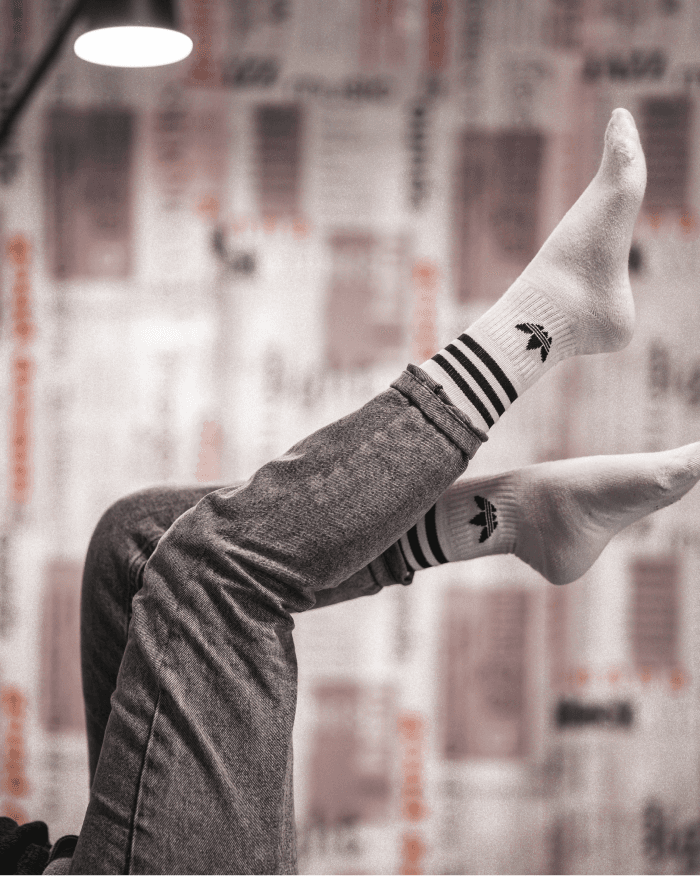The chances of overcoming a merely descriptive refusal by the USPTO vary depending on the case, but generally speaking, this type of dismissal is difficult to overcome.
The most common strategies include:
- Proving the mark has acquired distinctiveness through extensive use in commerce.
- Proving the mark is suggestive rather than descriptive. For example, "Coppertone" for a brand of sunscreen products is considered suggestive. Suggestive marks are seen as capable of distinguishing the brand's goods/services from those of other brands and, therefore, can be registered. The line between descriptive and suggestive marks is not always clear, and the applicant might be able to prove their mark falls under the latter.
- Proving the secondary meaning of the mark. For example, for a brand "Urban Jungle", the applicant can argue the combination of words creates an intentional incongruity.
Should all of these fail or not applicable, the applicant can also:
- Amend the application to the Supplemental Register. This would provide the applicant some level of legal protection, including the right to use the ® symbol, albeit not the same as if the mark was registered on the Principal Register.
- Retry with a different mark after adding an element proving a sufficient level of distinctiveness, such as a logo.
If you want to know your chances of overcoming a merely descriptive refusal and which strategy to choose, it's best to talk to a trademark attorney. They can advise on the case, help you craft a compelling response and gather supporting evidence if necessary.






